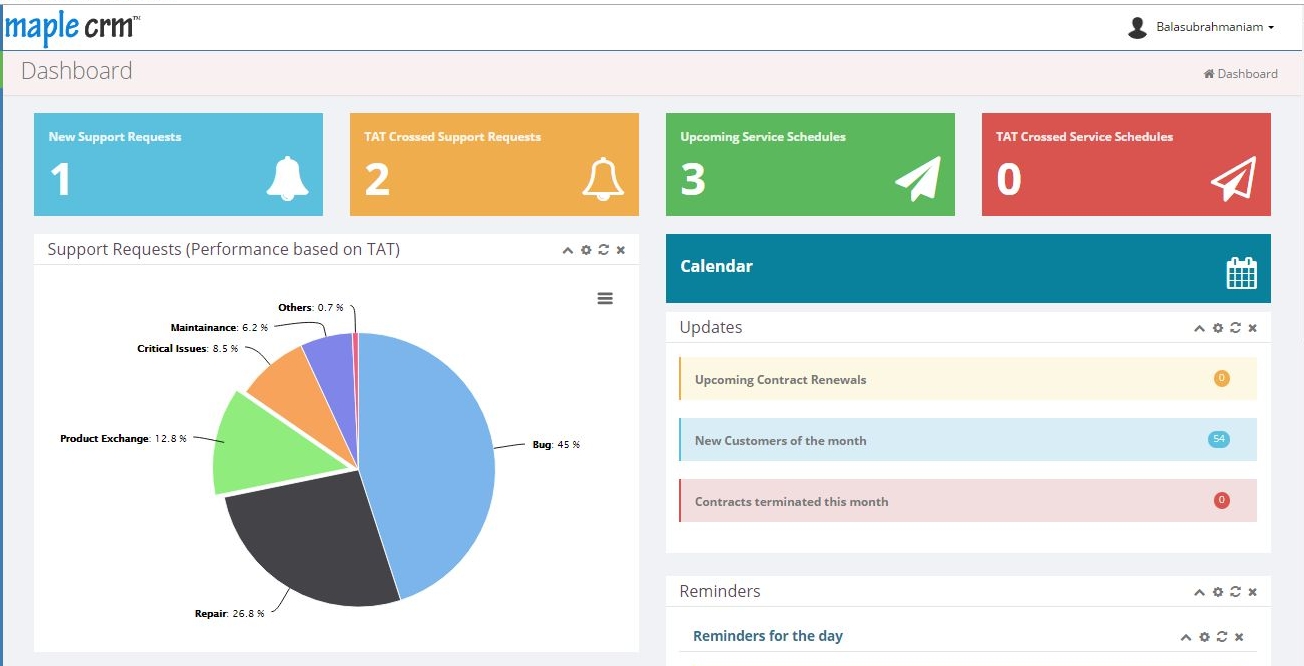Yet another year passed by and here we are stepping into a new year with much more advanced technology and solutions that can fasten up the business process and bring in simplicity of operations.
“Easy to access” and “simple to use” has been the most important factors in a business for making purchase decisions. Business owners are raising their expectations and demanding more agility.
That’s why cloud applications are continuing to be the most trending technology. 2013 is believed to be bringing more mobile in terms of technology. Companies will adopt best practices for deploying mobile apps and access across mobile devices.
We are able to find mobile applications connected to cloud based services. We are already witnessing a perfect storm of technology and telecommunications as hardware manufacturers are building for mobility, while carriers are enabling streaming app delivery.
Smarter, faster and better applications is what is expected in the future. And definitely, users will continue to demand usability, mobility and the ability to easily share and collaborate.
Cloud computing is truly the way of the future. 2013 has more of trending changes in the technology which can bring much more advantages than what is already given by the cloud. Mobility could be one among the trend which has already been adapted by the business users.





